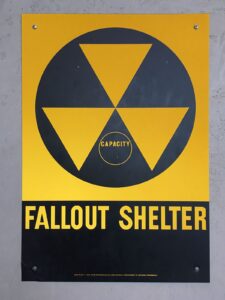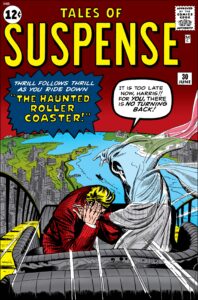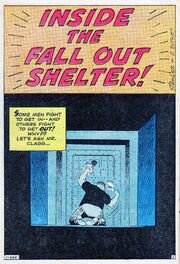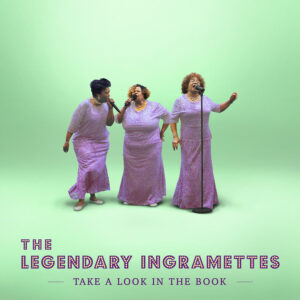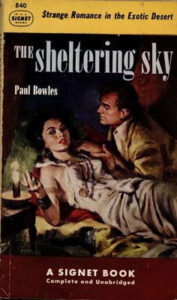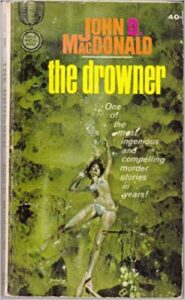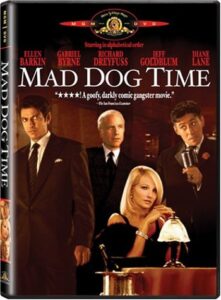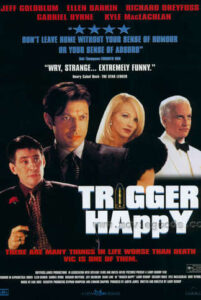Brunias, Agostino, A West Indian Flower Girl and Two Other Free Women of Color, 1769, Public Domain
You may be familiar with the tignon laws which were applied to free women of color in Louisiana in the late eighteenth century. A “tignon” is a scarf worn to cover the hair. The purposes of the laws were 1) to infer that the women to whom they were applied belonged to the slave class and 2) to make the women unattractive to white men.
What the women who were selectively targeted by the law did was ingenious. They observed the letter of the law by wearing scarves, but arranged them in elaborate patterns and accessorized them with jewels, beads, and feathers, among other things. The tignon laws were abolished after the United States purchased Louisiana, but the style continued. You can still encounter proponents of the fashion — primarily women of Creole descent — in present-day New Orleans.
The evolution of the tignon laws is an interesting research topic but is a little off the track of my visit today. I suggest that you do a deep research dive into the topic on your own. You won’t be sorry. My purpose for mentioning them, however, is that we are seeing somewhat the same thing — in practice though not purpose — occurring with government-mandated face coverings. While the majority of folks around me (and my age group) seem to be eschewing fashion for the familiar white or generic medical mask look, others are taking it a step or three further, utilizing designs, colors, and the like when they go stepping down Aisle 4 of the local supermarket. What started as a safety precaution has become a fashion statement. Some companies have begun selling entire outfits that coordinate with a face covering. Or is it vice versa? You can see some examples of this here, and they are interesting, to say the least.
My purpose in mentioning this during our regularly scheduled Saturday morning visit is aimed at those of you who find writing fodder within our current collective experience. If you are working on your dystopian novel using the coronavirus pandemic as a backdrop (as Mark Alpert encouraged you to do in his “Turning Crisis into Fiction” post last week) you might want to utilize the prevalence of masks or facial coverings as a plot element, particularly if you want to straddle genres and insert a crime of some sort into the proceedings. You need only peruse your local newspaper to discover that crimes of all sorts are still occurring in spite of or perhaps because of the secondary effects of the pandemic.
A mask as a general rule is an instrument of concealment. In the now, when most people in public places are wearing face coverings either by decree or due to being “strongly encouraged” to do so. This is fine as far as people with good intentions are concerned, but it gives the wolf in your story an opportunity to stalk unnoticed among the sheep since he is “dressed” pretty much like anyone else. A mask can also distract, however, particularly if it is accessorized or otherwise made different from those worn by others in the immediate vicinity. Witnesses to crimes tend to remember, to the exclusion of much (if not most, or all) else, a mask, particularly a distinctive or memorable one. A mask or face covering can also with a bit of planning be quickly removed, disposed of, or changed to another more generic type to confuse things further, should such be advisable. There is also a romantic and/or erotic element that the anonymity of a mask can occasionally spark. Ask anyone who has been to Mardi Gras or a costume party.
It is a small detail, but conflagrations can result from tiny flames. I hope that your creative one burns long and bright as you hopefully take advantage of the free time created by the current impromptu gardening leave.
Enjoy and be well.



